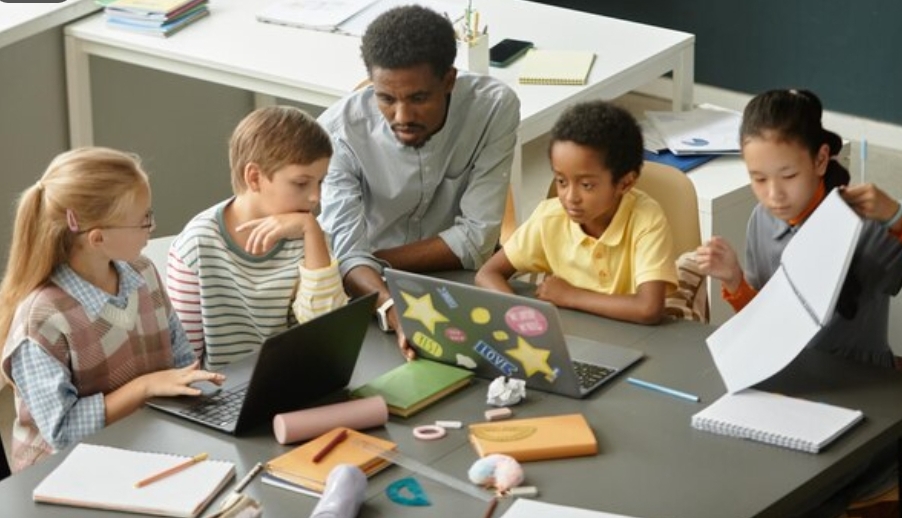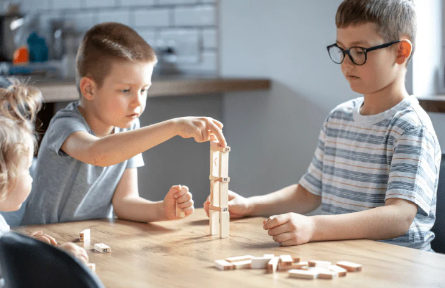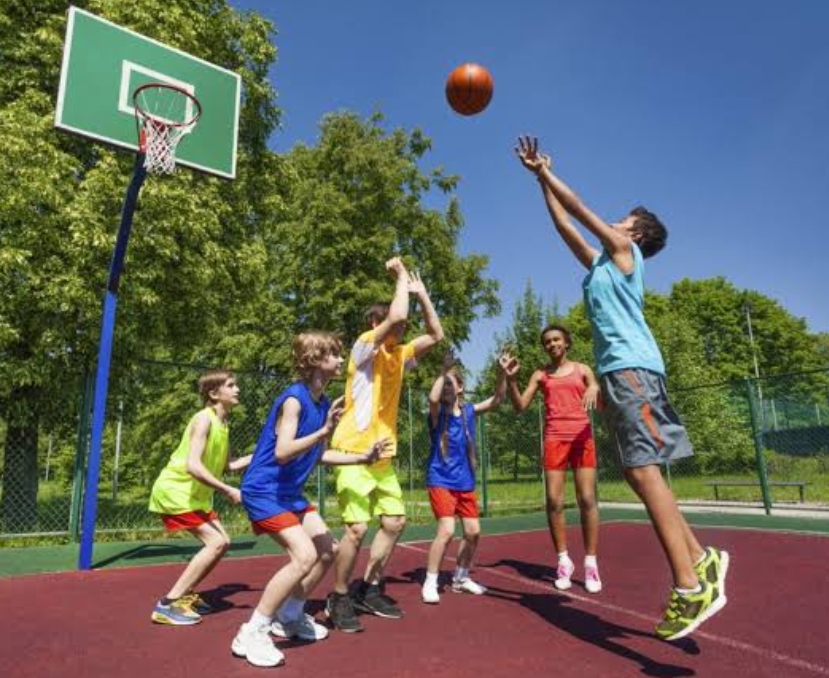
Introduction
Effective classroom management is essential for creating a conducive learning environment where students can thrive academically and socially. It involves a myriad of strategies, from maintaining student engagement to addressing disruptive behavior and fostering positive relationships. In this comprehensive Q&A session, we delve into various strategies for classroom management, addressing common concerns and providing practical tips for educators. From utilizing technology tools to promoting inclusivity and differentiation, discover how to cultivate a positive classroom culture and maximize student learning outcomes.
Q&A
Q: What are some effective strategies for maintaining student engagement during class?
Answer: Maintaining student engagement is essential for effective classroom management. Incorporating interactive activities, group discussions, and hands-on learning experiences can captivate students’ interest and foster active participation. Additionally, providing clear expectations, establishing routines, and incorporating technology tools such as interactive whiteboards or educational apps can enhance student engagement.
Q: How can teachers effectively address disruptive behavior in the classroom?
Answer: Addressing disruptive behavior requires a proactive and consistent approach. Teachers can establish clear rules and consequences, communicate expectations clearly, and implement positive behavior reinforcement strategies such as praise and rewards. Additionally, building positive relationships with students, providing individualized support, and implementing restorative practices can help address underlying causes of disruptive behavior.
Q: What role does technology play in classroom management?
Answer: Technology can be a valuable tool for classroom management, offering solutions for attendance tracking, communication with students and parents, and behavior monitoring. Utilizing educational technology trends such as virtual classroom tools, digital assessment platforms, and online collaboration platforms can streamline administrative tasks and enhance communication between teachers, students, and parents.
Q: How can teachers effectively manage transitions between activities or lessons?
Answer: Managing transitions smoothly is key to maintaining momentum and minimizing disruptions in the classroom. Teachers can use visual cues such as timers or signals to indicate when transitions will occur, provide clear instructions and expectations for the next activity, and allocate sufficient time for students to transition between tasks. Establishing routines and incorporating transition activities such as brain breaks or quick energizers can also help students transition more effectively.
Q: What strategies can teachers use to differentiate instruction and meet the diverse needs of students?
Answer: Differentiating instruction involves tailoring teaching methods, materials, and assessments to accommodate the diverse learning styles, abilities, and interests of students. Teachers can use flexible grouping strategies, provide varied instructional modalities, and offer choices in assignments to accommodate different learning preferences. Additionally, leveraging educational technology trends such as self-paced online courses or adaptive learning platforms can provide personalized learning experiences for students.
Q: How can teachers create a positive classroom culture that promotes respect and inclusivity?
Answer: Creating a positive classroom culture begins with fostering a sense of belonging, respect, and inclusivity among students. Teachers can model respectful behavior, celebrate diversity, and establish clear expectations for behavior and interactions. Implementing community-building activities, promoting collaboration and empathy, and addressing instances of bias or discrimination promptly can help cultivate a supportive and inclusive learning environment.
Q: What strategies can teachers use to manage time effectively during class?
Answer: Time management is crucial for maximizing instructional time and ensuring that learning objectives are met. Teachers can create detailed lesson plans with clear objectives and time allocations for each activity, prioritize essential content, and utilize technology tools such as timers or scheduling apps to keep track of time. Flexibility and adaptability are also important, allowing teachers to adjust pacing or instructional strategies as needed to accommodate students’ needs.
Q: How can teachers foster a growth mindset and resilience in students?
Answer: Fostering a growth mindset involves promoting the belief that intelligence and abilities can be developed through effort, practice, and perseverance. Teachers can praise students’ efforts and progress rather than focusing solely on outcomes, provide constructive feedback that emphasizes the importance of learning from mistakes, and encourage students to set challenging but achievable goals. Promoting resilience involves teaching coping skills, promoting positive self-talk, and providing opportunities for students to learn from failure and setbacks.
Q: What strategies can teachers use to promote positive student behavior and prevent disruptions?
Answer: Promoting positive student behavior involves creating a supportive and structured learning environment where students feel valued and respected. Teachers can establish clear expectations for behavior, provide positive reinforcement for desired behaviors, and implement proactive strategies such as classroom routines and procedures. Building positive relationships with students, providing opportunities for student voice and choice, and addressing underlying issues that may contribute to disruptive behavior can also help promote a positive classroom climate.
Q: How can teachers effectively communicate with parents and guardians to support student success?
Answer: Effective communication with parents and guardians is essential for building collaborative partnerships and supporting student success. Teachers can use a variety of communication channels such as email, phone calls, newsletters, or parent-teacher conferences to keep parents informed about their child’s progress, behavior, and academic needs. Providing regular updates, soliciting feedback, and offering resources or strategies for supporting learning at home can help parents feel empowered and engaged in their child’s education.










